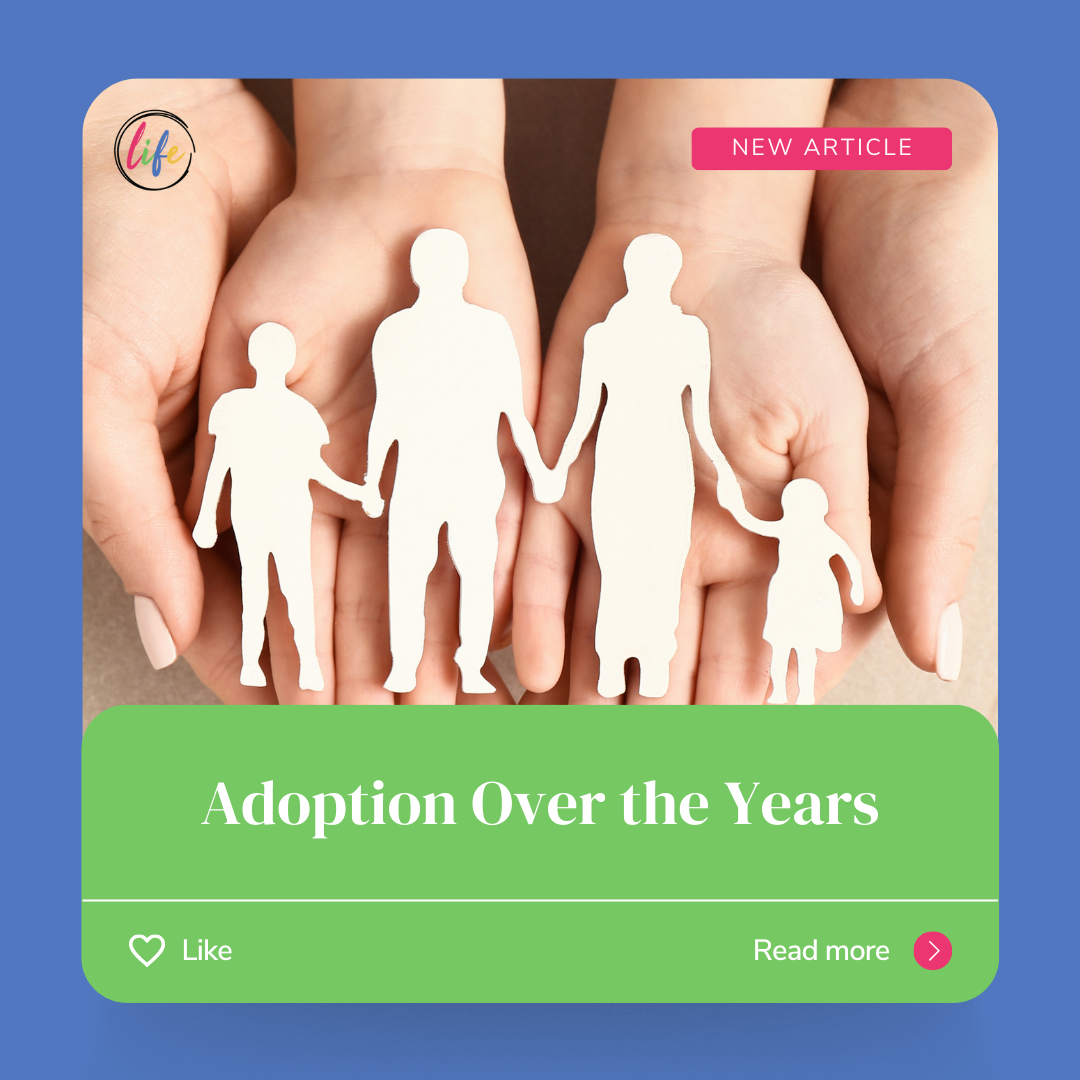
 Social issues and legislation have greatly impacted adoption rates over the years. Historically, adoption has been a wonderful option for women in unplanned pregnancies, provided stable families for their babies, and enriched the lives of adoptive families.
Social issues and legislation have greatly impacted adoption rates over the years. Historically, adoption has been a wonderful option for women in unplanned pregnancies, provided stable families for their babies, and enriched the lives of adoptive families.
Before Roe
Adoptions rose from 91,000 in 1957 to 175,000 in 1970. Before the legalization of abortion, 9% of babies born to never-married women under 45 were placed for adoption.
Change Since Legalization of Abortion
After abortion was legalized, adoption became less prevalent among women who did not wish to parent. There was a decline to 130,000 in 1975 following the landmark Roe v Wade decision in 1973. By the 1980s, only 2% of babies born to never-married women under 45 were placed for adoption — and by 2002, only 1%.
Abortion has been normalized as a supposedly quick, easy solution to resolve a pregnancy. According to Planned Parenthood’s 2020-21 report, only one adoption referral was facilitated for every 198 abortions – 0.5% (1,940 adoption referrals vs. 383,460 abortions).
Due to the increase in abortion, younger generations of women are not as knowledgeable regarding their options and the many forms modern adoption can take. According to a study conducted by the Cultural Research Center at Arizona Christian University, 21% of women did not realize they could choose which family would adopt their child. This figure increased to 47% among younger respondents.
Motivations for Adoption and Abortion
Financial issues or lack of emotional preparation are two commonly cited reasons for an abortion. Interestingly, these are also two of the most common reasons women choose to make an adoption plan. The difference? Adoption respects the life of the unborn child while allowing the woman a path to relinquish parenting responsibilities. Abortion is rooted in fear, while adoption is rooted in hope.
Overturning Roe v. Wade
In 2022, SCOTUS overturned Roe v. Wade, leaving the issue of abortion up to the states. In 2024, 41 states have laws which place some limits on abortion. Fourteen states have near total bans in place. With abortion bans nationwide, we can expect to see an increase in adoption rates once again.
Abortion proponents insist that adoption is not always the best option for the mother, as she is still required to carry the unwanted pregnancy to term. However, pregnancy is temporary. Abortion is permanent. Adoption saves lives and allows the biological parents to relinquish parental rights and responsibilities.
Experts estimate that there are 1-2 million couples waiting to adopt each year. There are approximately 900,000 abortions each year. Adoption is a wonderful alternative to abortion.
Learn more about the various stages of fetal development (conception, first, second, and third trimester) and don’t forget to follow us on social media (Facebook, Instagram, and TikTok).